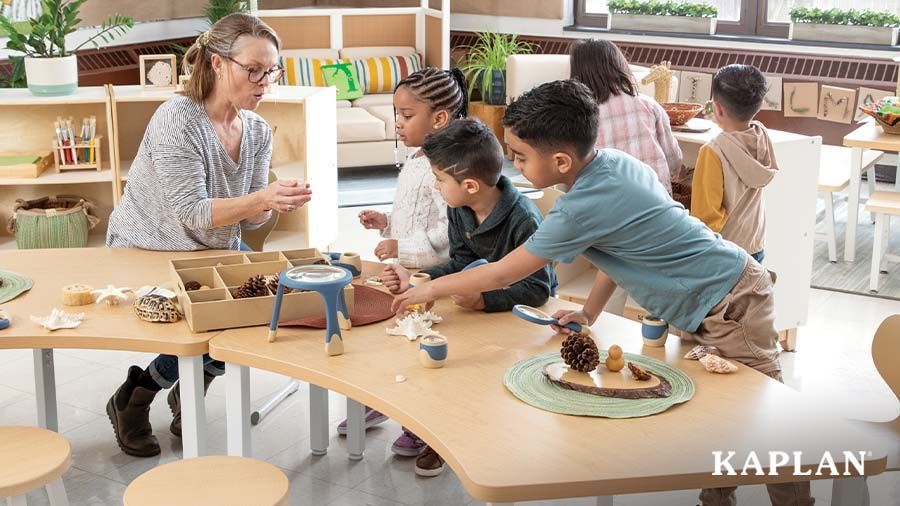Cultivating Excellence: How to Create a Positive Culture in Charter Schools
The culture of a school plays a crucial role in shaping the experiences of students, teachers, and the community.

For new charter schools, establishing a positive culture from the outset is essential for fostering a supportive and thriving educational environment. This article provides education leaders and boards with a comprehensive guide on how to create a vibrant and inclusive school culture that promotes excellence, collaboration, and well-being.
Step 1: Define Your Vision and Core Values
Begin by clearly defining your school's vision and core values. These foundational elements will guide the development of your school culture and should reflect the goals and aspirations of your school community.
Step 2:
Involve Stakeholders in the Process
Engage teachers, students, parents, and community members in the culture-building process. Their input and buy-in are essential for creating a culture that is inclusive and representative of the entire school community.
Step 3: Foster Positive Relationships
Encourage positive relationships among students, staff, and parents. Create opportunities for collaboration, team-building activities, and open communication to build trust and mutual respect.
Step 4: Promote High Expectations and Support
Set high academic and behavioral expectations for students and staff while providing the necessary support to achieve them. Celebrate successes and provide constructive feedback to foster a growth mindset.
Step 5: Implement Consistent and Fair Policies
Develop and enforce consistent and fair policies that align with your school's core values. Ensure that these policies are clearly communicated and understood by all members of the school community.
Step 6: Create a Safe and Inclusive Environment
Prioritize the physical and emotional safety of students and staff. Implement programs and practices that promote inclusivity, diversity, and equity, ensuring that everyone feels valued and respected.
Step 7: Encourage Student Voice and Leadership
Empower students to take an active role in shaping the school culture. Provide opportunities for student leadership, participation in decision-making, and involvement in school initiatives.
Step 8: Continuously Assess and Improve
Regularly assess the school culture through surveys, feedback sessions, and observations. Use this data to make informed decisions and continuously improve the cultural environment of the school.
Creating a positive culture in a new charter school is a dynamic and ongoing process that requires intentional effort and collaboration. By following this guide, education leaders and boards can cultivate an environment where students and staff feel supported, motivated, and connected, ultimately leading to a thriving and successful school community.



